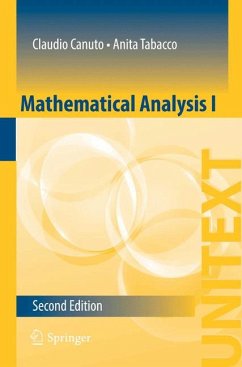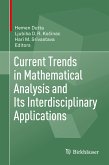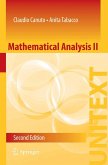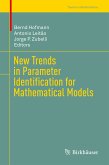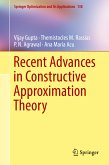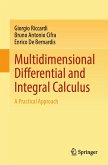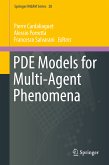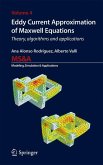The purpose of the volume is to provide a support for a first course in Mathematics. The contents are organised to appeal especially to Engineering, Physics and Computer Science students, all areas in which mathematical tools play a crucial role. Basic notions and methods of differential and integral calculus for functions of one real variable are presented in a manner that elicits critical reading and prompts a hands-on approach to concrete applications. The layout has a specifically-designed modular nature, allowing the instructor to make flexible didactical choices when planning an introductory lecture course. The book may in fact be employed at three levels of depth. At the elementary level the student is supposed to grasp the very essential ideas and familiarise with the corresponding key techniques. Proofs to the main results befit the intermediate level, together with several remarks and complementary notes enhancing the treatise. The last, and farthest-reaching, level requiresthe additional study of the material contained in the appendices, which enable the strongly motivated reader to explore further into the subject. Definitions and properties are furnished with substantial examples to stimulate the learning process. Over 350 solved exercises complete the text, at least half of which guide the reader to the solution. This new edition features additional material with the aim of matching the widest range of educational choices for a first course of Mathematics.
Dieser Download kann aus rechtlichen Gründen nur mit Rechnungsadresse in A, B, BG, CY, CZ, D, DK, EW, E, FIN, F, GR, HR, H, IRL, I, LT, L, LR, M, NL, PL, P, R, S, SLO, SK ausgeliefert werden.

